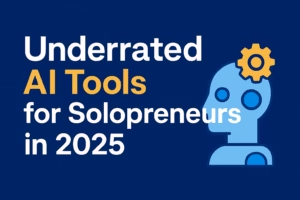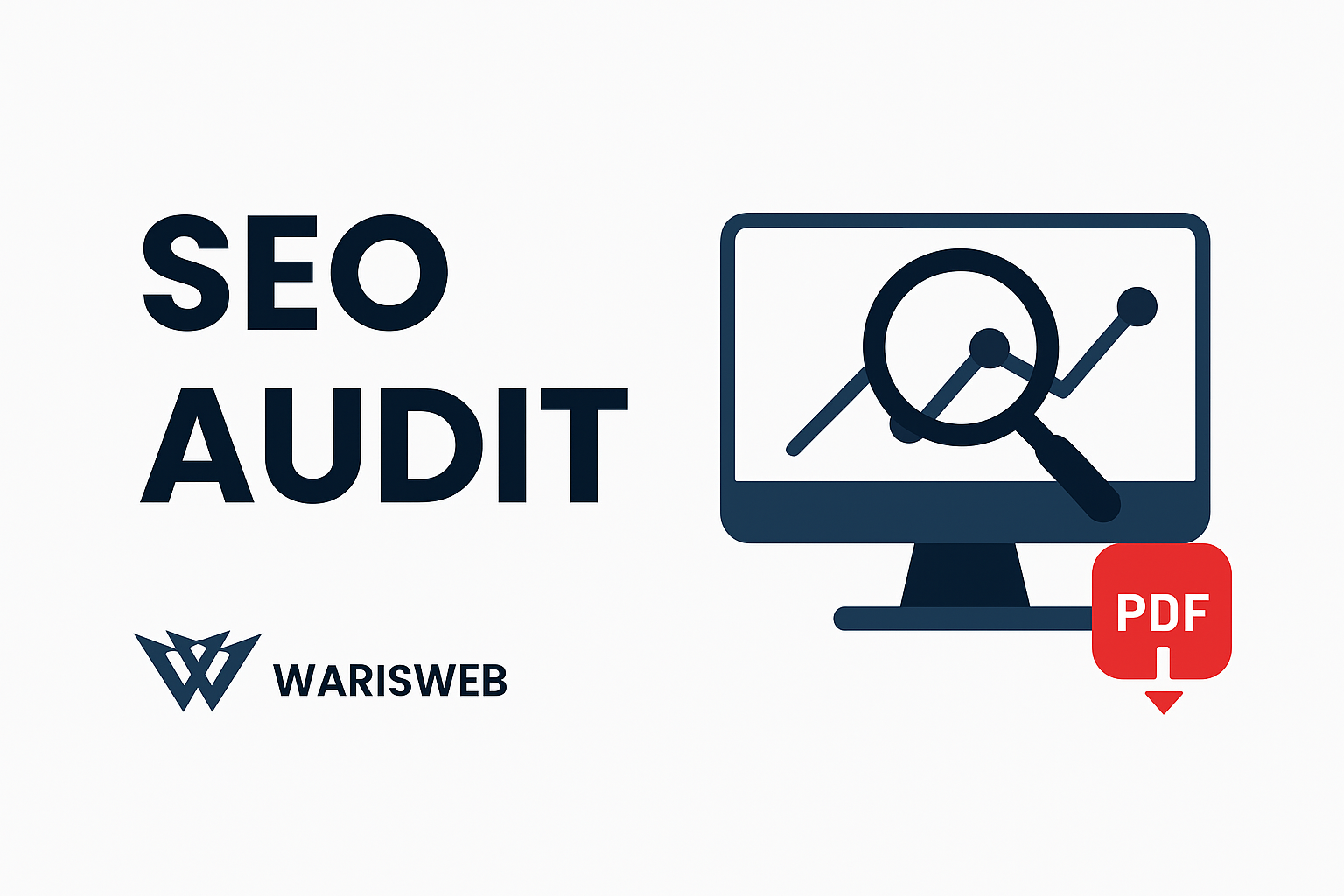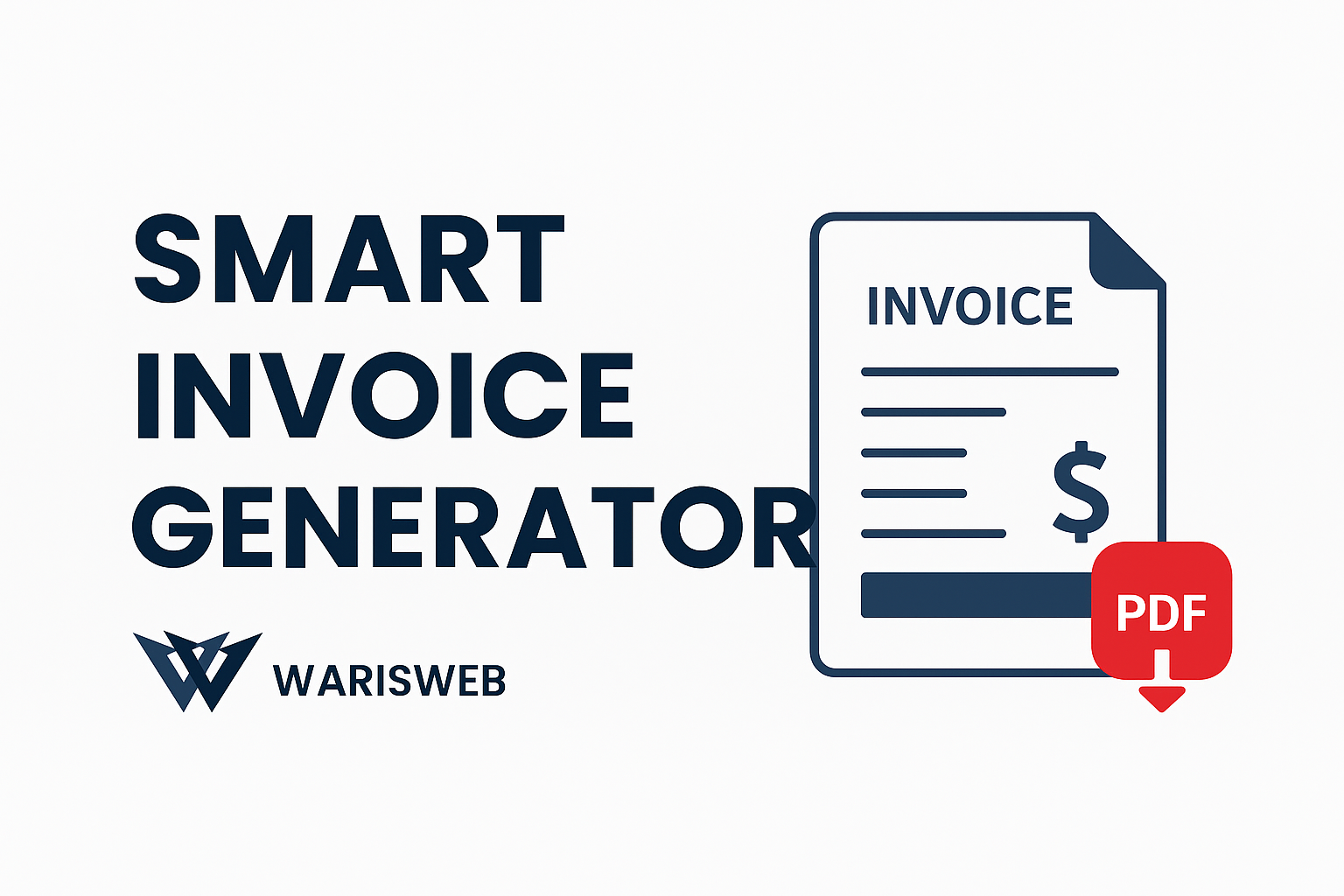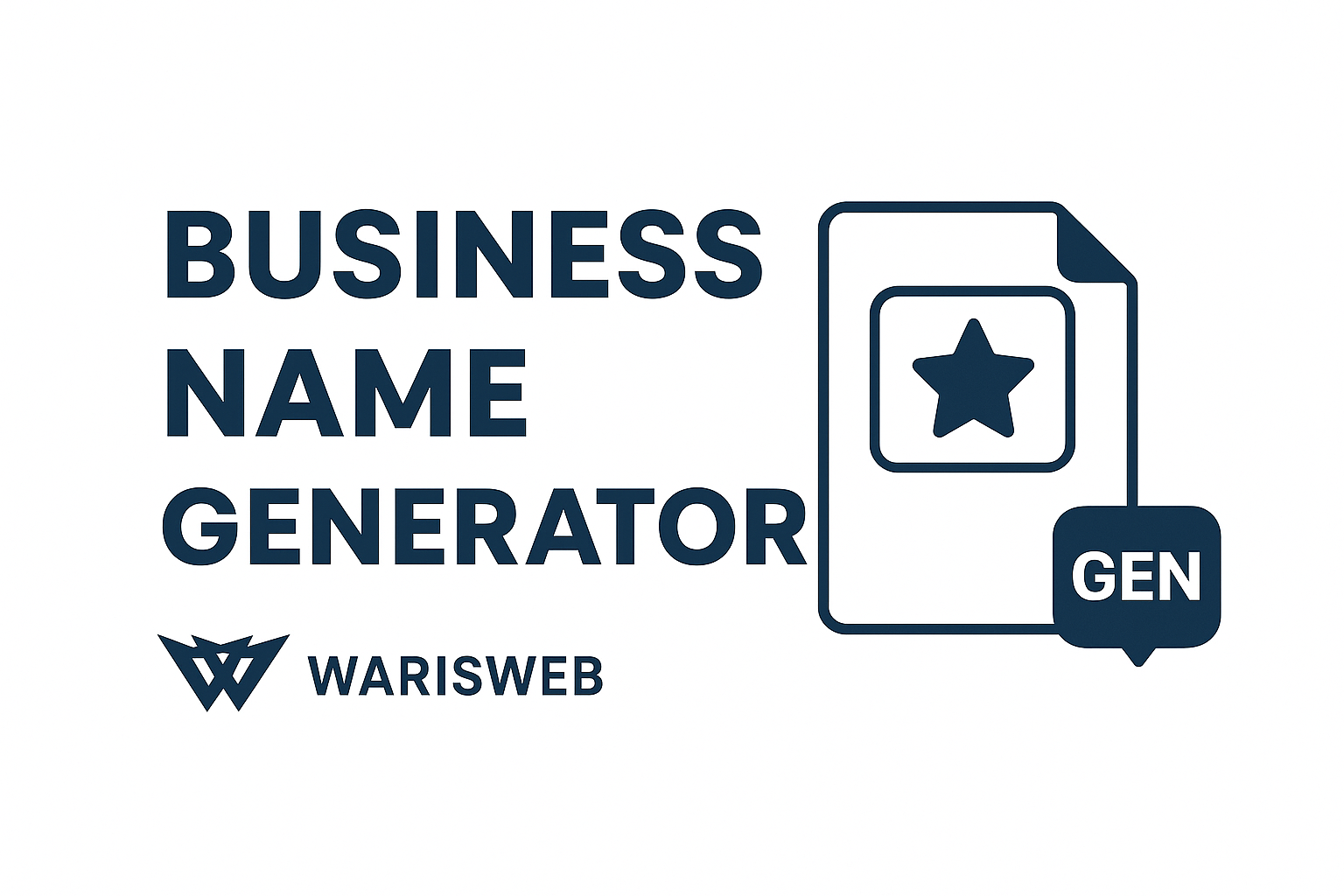Affordable SaaS Tools for Startups Under $50/month – 2025 Guide

Starting a business in 2025 feels like juggling flaming torches while riding a unicycle—there’s so much to manage, and every dollar counts. I’ve been there myself, staring at monthly expenses wondering if that $200/month marketing tool is really worth it when I’m barely breaking even.
Here’s the thing: SaaS tools can absolutely save you time and money, but costs add up faster than you’d expect. One day you’re signing up for a “simple” project management tool, and before you know it, you’re hemorrhaging $500+ monthly on software subscriptions that seemed “essential” at the time.
The good news? After helping dozens of startups optimize their tool stacks (and making plenty of expensive mistakes along the way), I’ve found powerful solutions that won’t drain your bank account. These are tools under $50/month that actually move the needle—no fluff, no “nice-to-haves,” just software that helps you run your business better.
Why Affordable SaaS Tools Matter for Startups in 2025
Let me be brutally honest about the startup landscape right now. Competition is fierce, and bootstrapped founders are competing against well-funded teams who can afford enterprise-level tools from day one. That gap feels insurmountable until you realize something important: expensive doesn’t always mean better.
Limited budgets force you to be strategic about tool selection, which often leads to better choices. When you have unlimited funds, it’s easy to buy every shiny new tool. When you’re counting every dollar, you focus on what actually works.
Automation isn’t optional anymore—it’s survival. Your competitors are using tools to handle customer service, social media, and lead generation while they sleep. If you’re still doing everything manually, you’re already behind. But here’s the secret: most automation doesn’t require expensive enterprise software.
Why under $50/month tools are game changers: They let you compete without the enterprise budget. Many of these tools offer 80% of the functionality of their expensive competitors at 20% of the cost. For startups, that’s not just savings—it’s the difference between sustainable growth and burning through runway too quickly.
Best Affordable SaaS Tools Under $50/Month
Let me walk you through the tools I’ve personally used and recommend to startup founders. These aren’t theoretical recommendations—they’re battle-tested solutions that have saved me countless hours and thousands of dollars.
1. Trello (Project Management)
Pricing: Free plan available, paid plans start at $5/month per user
Trello gets overlooked because it looks “too simple,” but that simplicity is its superpower. Trello has a free plan for up to 10 boards. Paid plans start at $5 per user, per month. For most early-stage startups, the free plan handles everything you need.
I’ve watched teams try to implement complex project management systems and spend weeks just learning the interface. With Trello, your team is productive from day one. The visual board system makes sense intuitively—you can explain it to anyone in under five minutes.
The real magic happens with Power-Ups (Trello’s integrations). Connect it to Google Drive, Slack, or your time tracking tool, and suddenly your simple boards become a sophisticated project management hub. I’ve run 20-person teams entirely on Trello’s $5/month plan.
Pro tip: Start with the free plan. Only upgrade when you need calendar views or advanced reporting—most startups don’t need these features in their first year.
2. Slack (Team Communication)
Pricing: Free version available, paid plans start at $7.25/month per user
Email kills productivity in startups. I’ve seen teams waste hours digging through email threads trying to find decisions made last week. Slack transforms internal communication from chaos into clarity.
The free version handles small teams perfectly—you get 10,000 message history and basic integrations. That’s enough for most startups in their first few months. Once you’re generating revenue, the paid plan at $7.25/month unlocks unlimited message history and advanced features.
What makes Slack invaluable isn’t just the messaging—it’s how it integrates with everything else. Get notifications when someone mentions your company online, when a customer submits a support ticket, or when a payment comes through. These integrations alone save hours of manual checking.
Reality check: Some founders worry Slack creates too many notifications. Set up channels strategically from the start—#general for company updates, #random for non-work chat, project-specific channels for focused discussions.
3. Canva Pro (Design & Branding)
Pricing: $12.99/month (often discounted to $10/month annually)
Design used to be a startup’s biggest expense after development. Hiring a designer for every social post, presentation, or marketing material could easily cost $2,000+ monthly. Canva Pro changes that equation completely.
The template library is genuinely impressive—over 100,000 professionally designed templates that don’t look like obvious templates. I’ve seen Canva-designed materials that clients assumed came from expensive design agencies.
Brand Kit functionality is where Canva Pro pays for itself. Upload your logo and brand colors once, and every design automatically uses your branding. No more inconsistent social media posts or presentations that look like they came from different companies.
The collaboration features work beautifully for distributed teams. Your VA in the Philippines can create social media content using your exact brand guidelines, then share it for approval—all within Canva.
Honest assessment: Canva Pro won’t replace a skilled designer for complex projects, but it handles 90% of startup design needs better and faster than most alternatives.
4. MailerLite (Email Marketing)
Pricing: Free plan for up to 1,000 subscribers, paid plans start at $10/month
Email marketing feels overwhelming when you’re just starting, but it’s often your highest-ROI marketing channel. MailerLite makes it approachable without sacrificing power.
The drag-and-drop editor actually works intuitively (unlike some competitors that shall remain nameless). You can create professional newsletters without any design experience. The automation workflows handle complex sequences—welcome series, abandoned cart recovery, re-engagement campaigns—all at a fraction of enterprise tool costs.
What impressed me most is the deliverability. Your emails actually reach inboxes, which isn’t guaranteed with budget email providers. MailerLite connects to 130+ of the most popular web and marketing SaaS tools, so it integrates seamlessly with your existing tech stack.
The analytics are detailed enough for optimization without being overwhelming. You can see exactly which subject lines work, which content drives clicks, and which subscribers are most engaged.
Growth strategy: Start with the free plan to learn email marketing fundamentals. Upgrade to paid when you hit 1,000 subscribers—by then, email should be generating revenue to justify the cost.
5. Zoho CRM (Customer Relationship Management)
Pricing: Free for up to 3 users, paid plans start at $14/month per user
CRM systems have a reputation for being complicated and expensive. Zoho CRM breaks that mold—it’s surprisingly intuitive and incredibly affordable.
The free plan handles small teams perfectly. You get all core CRM functionality: contact management, deal tracking, sales pipeline, and basic reporting. Most startups can run on the free plan for months.
What sets Zoho apart is the ecosystem. When you’re ready to scale, Zoho offers email marketing, project management, accounting, and dozens of other business tools that integrate seamlessly. You can build your entire business operations on Zoho’s platform.
The mobile app is genuinely good—not just a afterthought like some CRMs. Your sales team can update deals, access contact information, and manage follow-ups from anywhere.
Implementation tip: Don’t overcomplicate the setup. Start with basic contact management and deal tracking. Add custom fields and workflows as your processes mature.
6. Calendly (Scheduling Tool)
Pricing: Basic plan free, premium plans start at $8/month per user
Scheduling meetings used to mean endless email back-and-forth: “How about Tuesday at 2 PM?” “Sorry, that doesn’t work. What about Thursday?” Calendly eliminates this dance entirely.
The free plan handles most startup needs—unlimited one-on-one meetings, calendar integration, and basic customization. The paid plan adds team scheduling, which becomes valuable as you grow.
Calendly integrates with Zoom, Salesforce, Zapier, Microsoft Teams, and many more tools, so it fits into your existing workflow seamlessly. Prospects can book sales calls directly from your website, podcast guests can schedule recording sessions, and team members can book one-on-ones.
The time savings compound quickly. Instead of 5-10 emails to schedule one meeting, prospects book directly. You look more professional, and you save hours weekly on administrative tasks.
Professional insight: Customize your booking page with your branding and clear meeting descriptions. This small detail significantly impacts how professional you appear to prospects.
7. Notion (All-in-One Workspace)
Pricing: Free for personal use, paid plans start at $8/month per user
Notion is polarizing—people either love it or find it overwhelming. I’ll be honest: there’s a learning curve. But once you understand how it works, Notion can replace multiple tools and become your startup’s central nervous system.
Use Notion for documentation, project planning, meeting notes, company wikis, and even simple databases. The flexibility is both its strength and weakness—you can build almost anything, but that means you need to invest time in setup.
The collaboration features work well for remote teams. Everyone can access the same information, update project statuses, and contribute to shared documents. Version control happens automatically, so you never lose important information.
Setup recommendation: Don’t try to build everything at once. Start with one use case (maybe meeting notes or project planning), get comfortable, then gradually expand. Templates from the community can accelerate your setup significantly.
How to Choose the Right SaaS Tools for Your Startup
After watching dozens of startups build their tech stacks, I’ve noticed patterns in what works and what leads to tool sprawl disasters.
Define your needs honestly, not aspirationally. Don’t choose tools based on where you want to be in two years—choose based on where you are today. That expensive CRM with advanced AI features won’t help if you only have 50 leads. Start simple, then scale up.
Check scalability, but don’t over-engineer. Yes, think about growth, but don’t pay enterprise prices for features you won’t use for months. Most tools handle growth better than you expect—you can always upgrade later.
Compare free vs. paid features carefully. Often, free plans handle 80% of your needs. Use the free version first, identify limitations, then upgrade strategically. Don’t assume paid is automatically better.
Look for integrations early. Tools that don’t play well with others create data silos and manual work. Check integration options before committing—your tools should work together, not against each other.
Tips to Save More on SaaS in 2025
These strategies have saved me thousands on software costs over the years:
Use lifetime deals strategically. Platforms like AppSumo and PitchGround offer lifetime deals on quality SaaS tools. I’ve bought several tools this way and saved thousands annually. But be selective—only buy tools you’ll actually use long-term.
Grab yearly plans for discounts. Most SaaS tools offer 20-30% discounts for annual payments. If you’re confident about a tool, the yearly plan usually pays for itself. But only do this after testing monthly plans first.
Bundle tools instead of paying separately. Google Workspace, Microsoft 365, and Zoho’s suite offer multiple tools at lower combined costs than individual subscriptions. Sometimes bundling saves money even if you don’t use every feature.
Time your purchases around sales. Black Friday, Cyber Monday, and year-end sales often include SaaS tools. I maintain a wishlist of tools I’m considering and buy during major sales events.
Negotiate with sales teams. Once you’re generating revenue, don’t accept standard pricing. Many SaaS companies offer startup discounts or custom pricing for annual commitments. The worst they can say is no.
The Reality Check
Let me share something most “productivity guru” articles won’t tell you: tools don’t solve fundamental business problems. I’ve seen startups spend thousands optimizing their tech stack while ignoring customer development. I’ve watched founders become tool collectors, constantly switching between project management systems instead of actually managing projects.
Start with one or two tools that solve your biggest pain points. Master them completely before adding more. The goal isn’t having the perfect tech stack—it’s building a profitable business.
Some months, you might spend more than $50 across all tools as you grow. That’s okay. The budget guideline helps you stay disciplined in the early stages when every dollar matters most.
Conclusion
You don’t need to overspend on expensive SaaS tools to compete in 2025. These budget-friendly options—all under $50/month—can handle most startup operations effectively. I’ve built and scaled businesses using every tool on this list, and they’ve consistently delivered value far beyond their cost.
Start with the free plans available for most of these tools. Identify your biggest operational pain point—whether that’s team communication, project management, or customer relationship management—and choose one tool that addresses it directly.
Master that tool completely before adding others to your stack. The startup that uses three tools effectively will outperform the one that uses fifteen tools poorly.
Remember: the best tool is the one your team actually uses consistently. Choose tools that fit your workflow, not ones that force you to change how you work.
Your future self will thank you for building smart systems now instead of expensive ones.
Frequently Asked Questions?(FAQ's)
There’s no single “best” tool—it depends on your biggest pain point. For project management, Trello and Slack are excellent starting points that most teams adopt quickly. For branding on a budget, Canva Pro delivers professional results at a fraction of traditional design costs. Start with the area that’s causing you the most friction right now.
Absolutely. Most of these tools offer generous free plans perfect for solopreneurs. Trello, Slack, Calendly, and Notion all work beautifully for individual use and scale as you add team members. Solo founders especially benefit from automation tools that handle scheduling and basic marketing while they focus on core business development.
Start with free plans and only upgrade when you hit specific limitations. Look for annual discounts (typically 20-30% savings), check lifetime deals on platforms like AppSumo, and time purchases around major sales events. Many tools also offer startup discounts if you ask—the worst they can say is no.
Yes, especially in the early stages. Trello, Slack (free version), Calendly (basic), Notion (personal), and MailerLite (under 1,000 subscribers) can handle most startup operations without any monthly costs. However, paid plans unlock features that help you scale faster once you’re generating revenue. Treat upgrades as investments in growth, not expenses.
Share This Post:
Previous Articles:

Underrated AI Tools for Solopreneurs in 2025: Boost Productivity & Profits

![Best Online Coding Courses for Beginners [Free & Paid] – 2025](https://warisweb.com/wp-content/uploads/2025/08/ChatGPT-Image-Aug-28-2025-07_58_12-PM-300x200.png)
Best Online Coding Courses for Beginners [Free & Paid] – 2025





